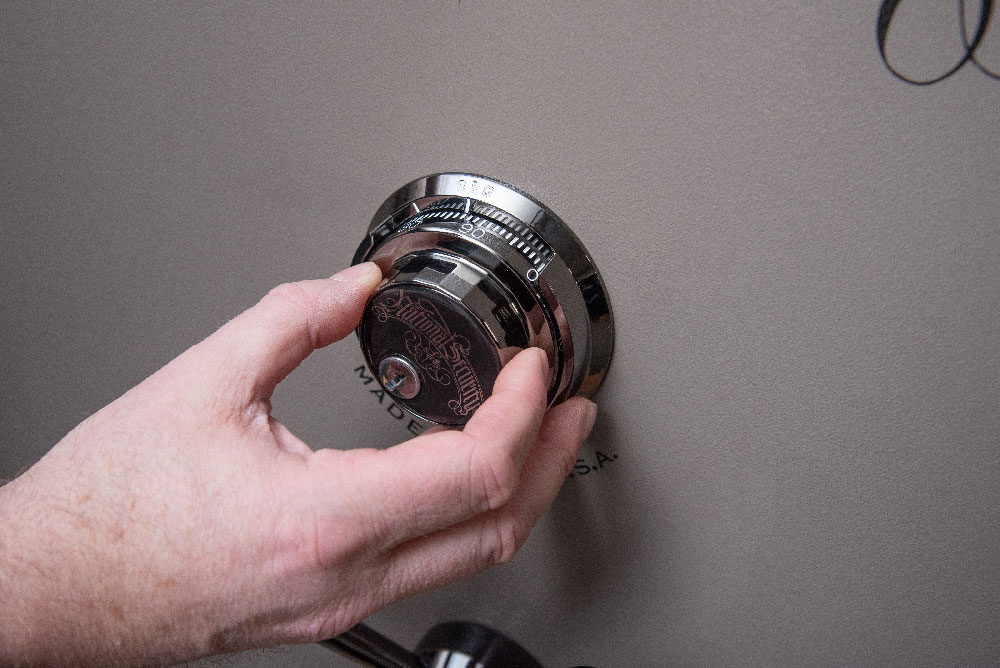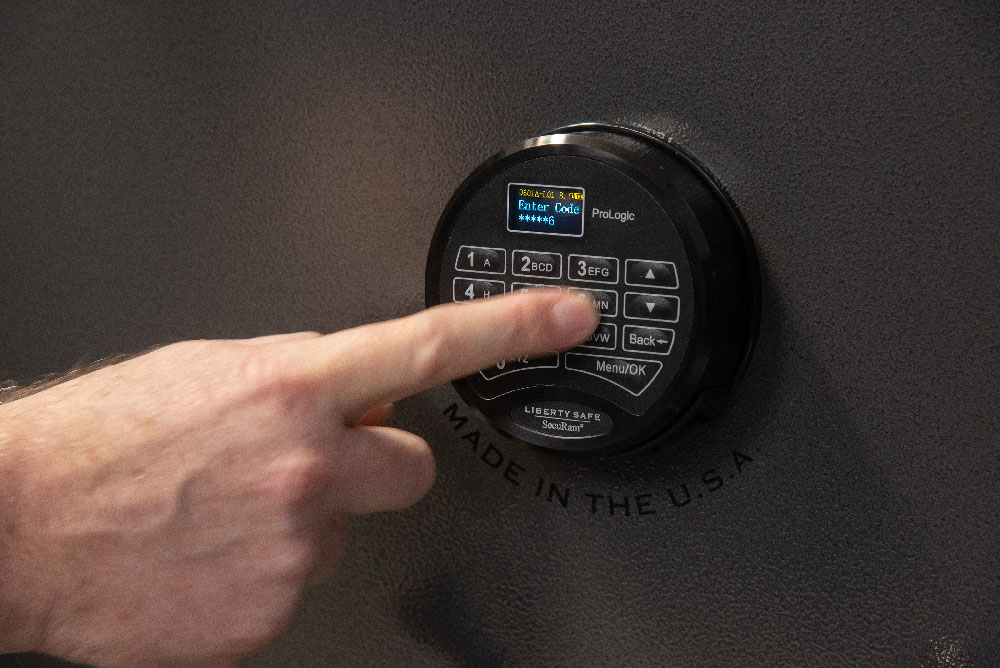Customers are generally not aware there are lock options when it comes to buying a safe. At most, they may think they can choose between an old fashioned “dial” or “mechanical” lock and a new “digital” or “electronic” lock. Visitors to most safe showrooms may even walk away with this perception intact, however the truth is there are many different locks made for specific purposes.
For most users, a simple dial or digital lock will suffice. Generally, the digital lock offers a little more security and ease of access while the mechanical lock offers reliability and the only true EMP (Electro-Magnetic Pulse) resistance available*. A good rule of thumb is if you are going to access the safe more than once a week, go digital. If not, go mechanical. Likewise, unless you have a specific need, the standard locks offered are probably your best bet.





